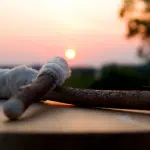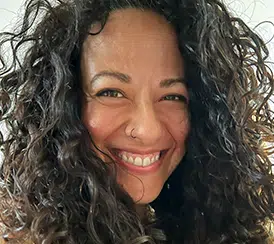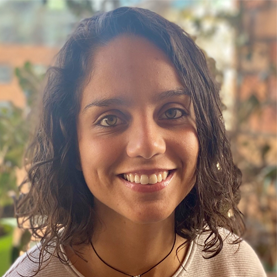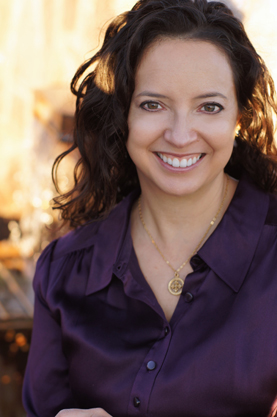The word mesa means table in Spanish, but it also means high plateau, the place where the shaman goes to meet the spirits. A shaman’s mesa is a portable altar (where he goes to meet the spirits) or medicine bundle used for healing, ceremony, prayer and divination. The contents of a mesa vary from shaman to shaman, but generally include healing stones and other artifacts representing elements of their personal healing journey.
Students at the Light Body School earn 13 stones as they participate in rites and initiations during the course of their training. Each stone, known as a khuya, represents a wound that has been transformed into a source of wisdom and courage. Later, in their own practice, they use these khuyas in energy medicine sessions for helping others.
A mesa may also contain special gifts and power objects that assist the shaman in communicating with spirits, warding off negative energies, and diagnosing ailments. All these items are wrapped in a cloth or bag (often a colorful textile known as a Mastana). Many shamans carry their mesa with them wherever they go. The mesa is connected, through ceremony, to a lineage of medicine men and women throughout time, allowing constant access to their healing wisdom. Among the many uses of the stones in the mesa is to help move and transmute energies within a client’s LEF and physical body.
A shaman also commonly uses a rattle or drum to help take them out of ordinary reality and into a trance-like state where they “journey” on behalf of their client. The Shaman’s rattle and drum are sound entrainment tools. Rattles represent the earth spinning on its axis, as we spin our rattles, we begin to spin the our world and the world of our client in the right direction. Rattles, like drums, help us step into a heightened state of awareness so we can track the energetic landscape, not superficial truth and reality. This allows us to see more easily what’s behind the physical manifestation of a client’s illness, as the shaman knows that all physical ailments are the result of disturbances in the LEF. Both the drum and rattle are used to break up and dissipate stuck, or heavy, energies in and around the body – as well as when opening sacred space.
Many years ago in Peru (as described in my book, Healing States), I learned that the mesa is divided into three areas: the campo ganadero (field of the dark) on the left; the campo justiciero (field of the light, or justice) on the right; and the campo medio or neutral field, a place between the fields of light and dark. My shaman guide, don Eduardo, explained that these forces are neither positive nor negative, but what human beings choose to do with them makes them good or evil.
The shaman sees the universe and earth as sacred and alive, where spirit permeates all. It is our duty to establish a dialogue with the sacred, or a connection to the universe, and we do this through the mesa. The first thing we do when we open our mesa is to feed it, with energy from places of power, and with our own energy from the breath; offerings and prayer to nature








